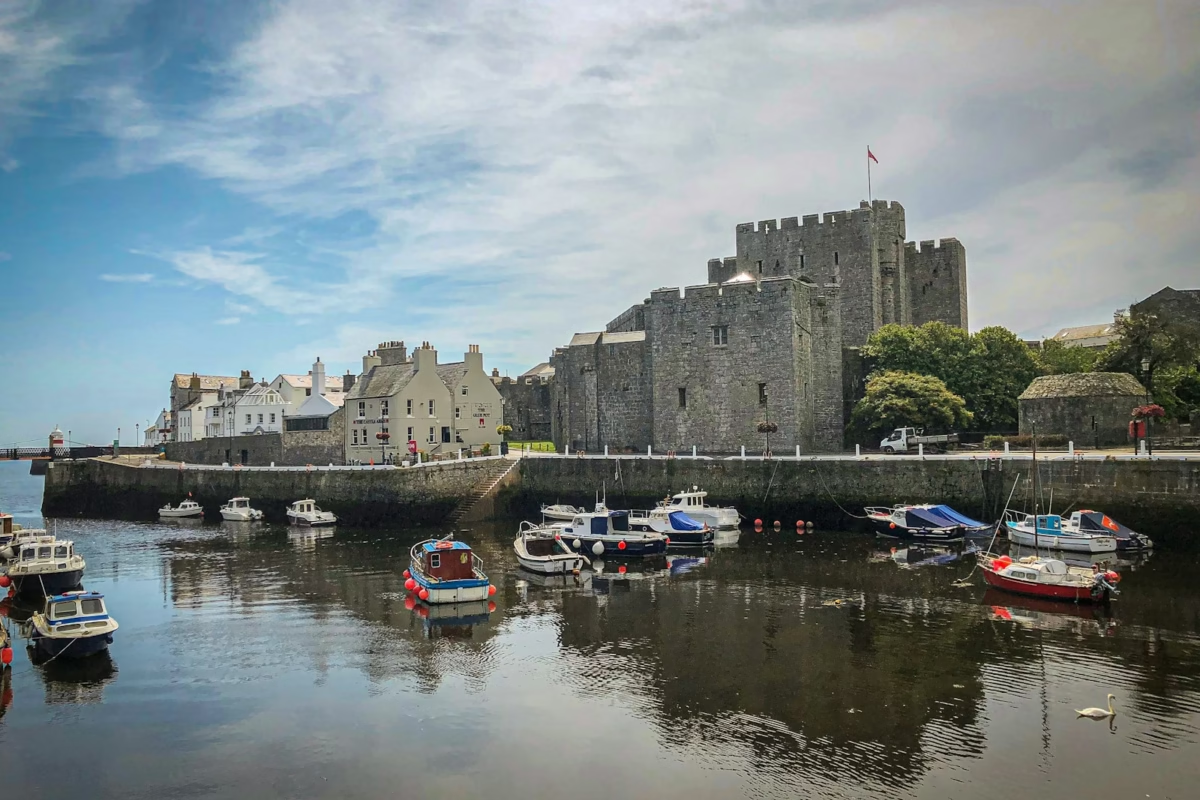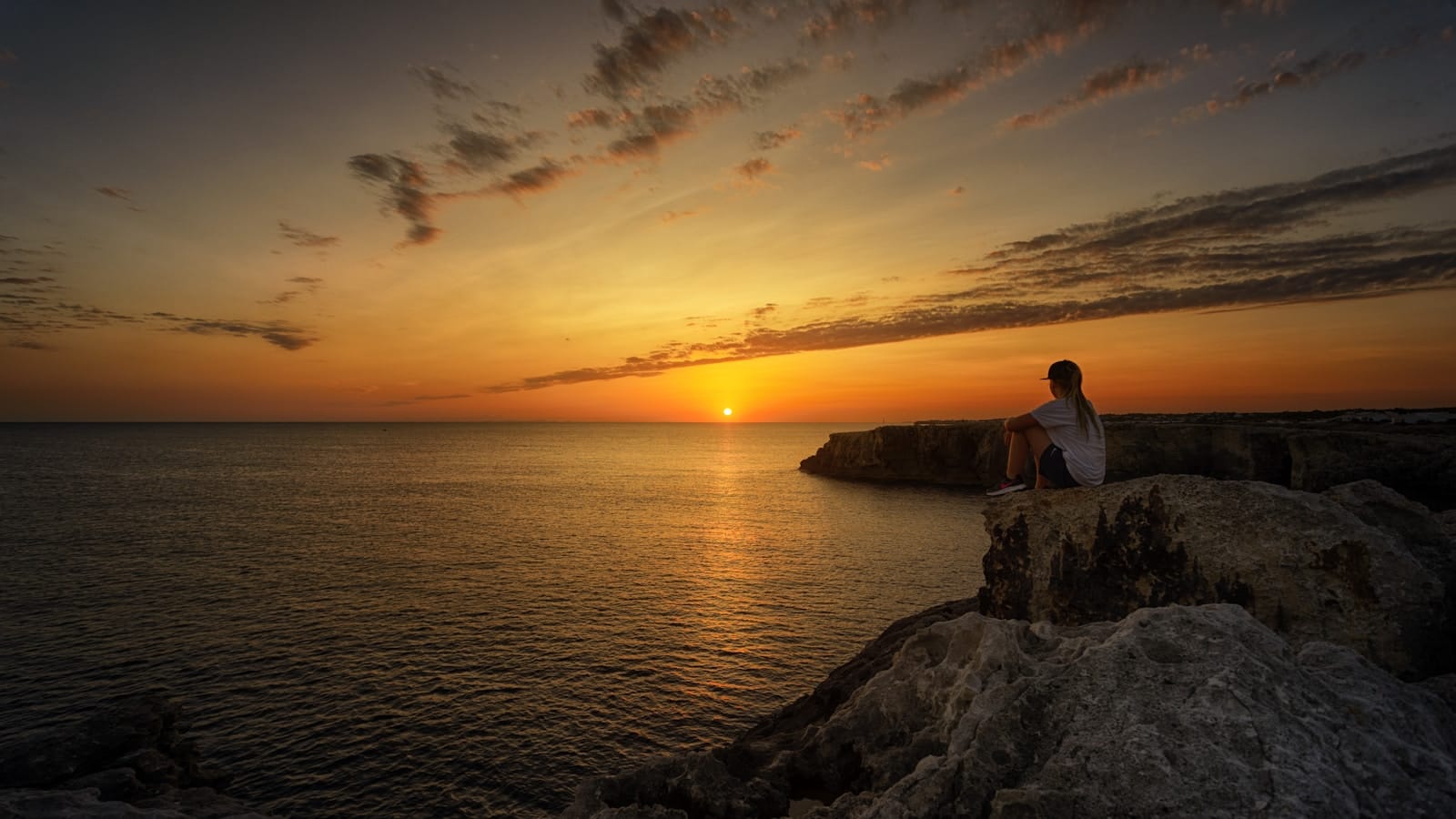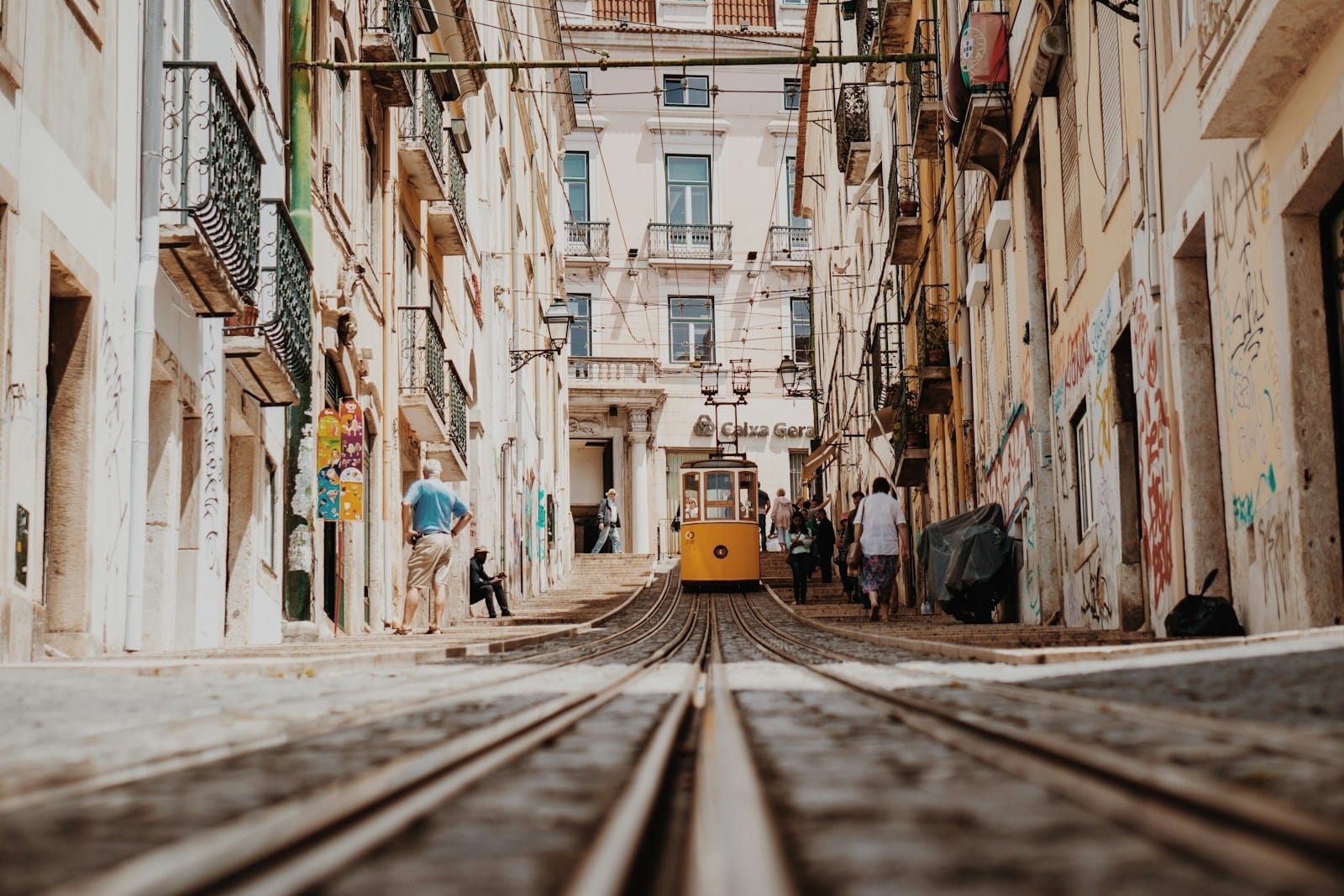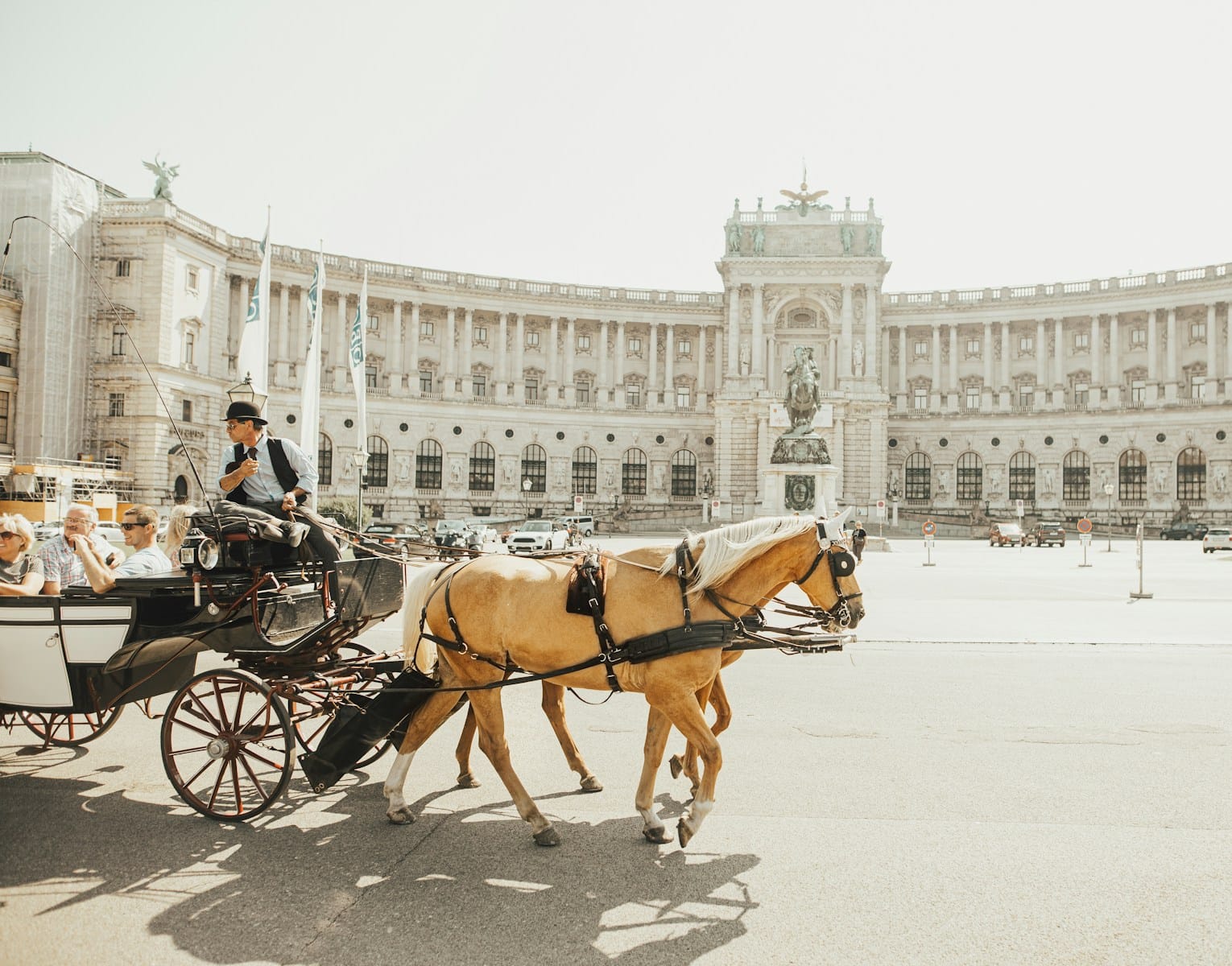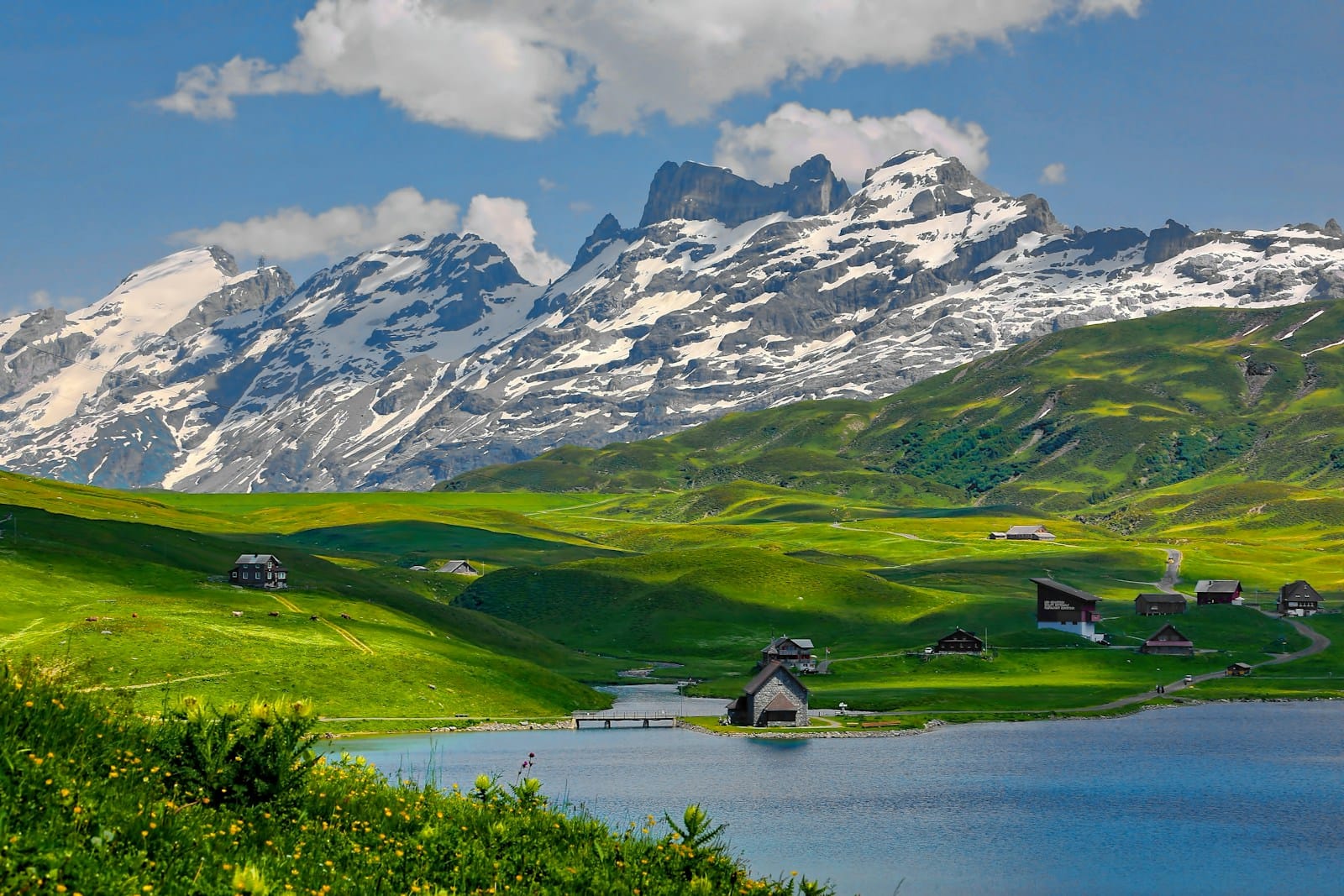Isle of Man Travel Guide: Scenic Shores & Heritage
Intro to Isle of Man Travel Guide
The Isle of Man is a ruggedly beautiful island in the Irish Sea, situated between England, Ireland, Scotland, and Wales. Known for its Celtic heritage, Norse influence, and self-governing status, it’s a place where history, legend, and dramatic landscapes converge. From windswept cliffs to peaceful glens, and from medieval castles to motorcycle races, the Isle of Man offers a distinctive mix of experiences.
Its compact size means you can traverse coast to coast in under an hour, yet every corner feels different — with fishing villages, sandy bays, mountainous backdrops, and UNESCO Biosphere Reserve status that speaks to its environmental richness.
Start your journey with our Isle of Man Tour Guide and discover everything this region has to offer — from the ancient fortress of Peel Castle to the high-speed thrill of the Isle of Man TT.
Where to Go in Isle of Man
Castletown | Douglas | Peel | Ramsey | St John’s | Union Mills
💡Quick Facts:
Country: British Crown Dependency
Administrative Division: Isle of Man
Continent: Europe
Area: 572 km² (221 mi²)
Population: ~85,000 (2024 est.)
Density: ~149 people/km²
Capital: Douglas
Regions/Subregions:
. Douglas (capital, main port)
. Peel (fishing port, Peel Castle)
. Ramsey (northern hub)
. Castletown (historic capital)
. Port Erin & Port St Mary (southern coast towns)
. Laxey (historic mining village, Laxey Wheel)
Official & Regional Languages: English (official); Manx Gaelic recognized regionally
Currency: Pound Sterling (GBP); Manx pound (MGP) issued locally at par with GBP
Time Zone(s): Greenwich Mean Time (UTC+0); British Summer Time (UTC+1) in summer
Airports: Isle of Man Airport (IOM)
Climate: Temperate maritime; mild winters, cool summers, moderate rainfall year-round
Known For: TT motorcycle races, Celtic and Viking heritage, castles, scenic coastal and mountain landscapes, low-tax economy
🛂Arrival Info:
Not part of the UK or EU but under British Crown; has its own immigration controls.
UK, Ireland, and Channel Islands residents can travel freely; many EU/EEA citizens can visit visa-free for up to 6 months.
Some nationalities require a UK visa, which must be applied for before travel; check via the UK Government Visa Guide.
Customs allowances differ from the UK; declare cash over £10,000 and restricted/prohibited goods.
💉Health Info:
No mandatory vaccines; standard UK-recommended immunizations advised.
Health care is provided through the Isle of Man Health Service; UK residents benefit from reciprocal arrangements.
Noble’s Hospital in Douglas is the main medical facility; smaller health centers serve rural areas.
Pharmacies widely available; travel insurance recommended for non-UK visitors.
✅ Check travel insurance options for travel emergencies, delays, and medical needs abroad — Get coverage here
✅ Stay Informed with Official Updates: WHO – International Travel & Health | CDC – Travel health updates
🚨Travel Advisory:
Considered very safe with low crime rates; petty theft rare but possible in tourist spots.
Primary risks are road safety during TT race season due to increased motorcycle traffic.
Coastal weather can change rapidly; be cautious on clifftop walks.
✅ Stay Informed with Official Updates: US Travel Advisory | UK Foreign Travel Advice
📅Holidays:
January 1 – New Year’s Day
First Monday in May – Early May Bank Holiday
Tynwald Day (July 5) – National day, outdoor parliament session at St. John’s
Last Monday in August – Late Summer Bank Holiday
December 25 – Christmas Day
December 26 – Boxing Day
💰Visitor Info:
Currency: GBP accepted; Manx pound notes and coins issued locally (not legal tender outside the island).
ATMs available in towns; credit/debit cards widely accepted.
Tipping not obligatory, but 5–10% appreciated in restaurants.
Budget: £60–90/day; Midrange: £100–150/day; Luxury: £180+/day.
✈️Airports:
Isle of Man Airport (IOM) – located in Ballasalla, ~15 km from Douglas; flights to UK and Ireland.
No direct international flights outside UK/Ireland; connections via London, Manchester, Liverpool, and Dublin.
✅ Delayed or canceled flight? Check if you’re eligible for compensation
🚍Transport:
Bus Vannin operates island-wide bus services connecting main towns.
Isle of Man Steam Railway (south route), Manx Electric Railway (north route), and Snaefell Mountain Railway (to summit) operate seasonally.
Car hire and taxis available; driving on the left.
Regular ferries from Douglas to Liverpool, Heysham, Belfast, and Dublin.
✅ Book reliable airport transfers and in-city rides in advance. Reserve your ride here
📶Connectivity:
SIM cards from Manx Telecom and Sure available at shops and the airport.
4G coverage island-wide; 5G available in parts of Douglas and larger towns.
Public Wi-Fi in many hotels, cafés, and libraries.
✅ Stay connected abroad with affordable eSIM data packs. Get your eSIM here
📜Laws & Etiquette:
Legal drinking age: 18.
Smoking banned in enclosed public spaces.
Respect coastal safety signs and rural farmland boundaries.
TT races are a major cultural event; roads close for races and spectators follow strict safety zones.
🛡️Emergency Info:
Emergency number: 999 (police, ambulance, fire).
Isle of Man Constabulary non-emergency: +44 1624 631212
Coastguard service active year-round.
✅ Use embassy locator tools: Embassies Worldwide
🌦️Weather:
Average summer highs: 17–20°C; winter highs: 6–8°C.
Rainfall spread throughout the year; snow rare but possible on higher ground.
Best time to visit: May–September for mild weather, outdoor activities, and TT events.
✅ Stay prepared—check the weather forecast for your destination — Weather Forecast
Isle of Man Cities and Major Destinations
Douglas
The island’s capital is the cultural and commercial hub, with a sweeping promenade overlooking Douglas Bay. The Manx Museum provides an excellent introduction to the island’s history, while the Gaiety Theatre offers year-round performances. Vintage horse-drawn trams operate along the promenade in summer. Douglas is also the starting point for heritage railways that explore the rest of the island.
Peel
Known as the “sunset city,” Peel is home to the medieval Peel Castle, perched on St Patrick’s Isle. The harbor bustles with fishing boats and seafood restaurants. Peel Beach is popular for swimming, and the town is a gateway to coastal walks along dramatic cliffs.
Ramsey
Located on the northeast coast, Ramsey has the island’s longest pier and a lively marina. Its markets and independent shops offer local crafts and produce. The nearby Sky Hill is a historic battle site with panoramic views.
Castletown
Once the island’s capital, Castletown is steeped in history. Castle Rushen, one of Europe’s best-preserved medieval castles, dominates the town square. Narrow streets lead to harborside cafes and the Nautical Museum.
Port Erin
A laid-back seaside village with a crescent-shaped beach ideal for families. The Bradda Head coastal path offers striking views, while the village serves as a base for exploring the southern hills.
Laxey
Famous for the Great Laxey Wheel — the largest working waterwheel in the world — Laxey is also a starting point for the Snaefell Mountain Railway. The village combines industrial heritage with scenic landscapes.
Onchan
A northern suburb of Douglas with a popular park, golf course, and scenic coastline. Onchan Head offers great photo opportunities, especially at sunrise.
Kirk Michael
A peaceful village on the west coast, known for its traditional cottages and proximity to quiet beaches. It’s also part of the Isle of Man TT course, attracting fans during race season.
Port St Mary
A fishing port with a working harbor, seafood restaurants, and access to coastal walks leading toward the Calf of Man. The sheltered bay is good for sailing and kayaking.
Ballasalla
Close to the island’s airport, Ballasalla is home to Rushen Abbey’s medieval ruins and peaceful gardens. It’s a great starting point for southern exploration.
How to Choose Where to Go in the Isle of Man
For history and heritage, focus on Peel, Castletown, and Douglas — each offers museums, castles, and cultural landmarks. Outdoor lovers should head to the southern hills, the coastal cliffs around Port Erin, and the hiking trails of Snaefell Mountain.
Beach seekers can enjoy Port Erin, Peel, and Ramsey’s sandy shores, while those looking for unique events should plan around the Isle of Man TT or the Southern 100 road races. For a slower pace, smaller villages like Kirk Michael and Ballasalla offer tranquil escapes.
If you want a mix of everything, base yourself in Douglas for easy access to railways, buses, and day trips across the island.
Natural Escapes and Scenic Highlights
- Snaefell Mountain – The island’s highest peak offers sweeping views over the Irish Sea to England, Scotland, Ireland, and Wales on a clear day. Reachable by the Snaefell Mountain Railway or hiking trails.
- Calf of Man – A small island off the southwest coast, managed as a nature reserve with seabird colonies, rugged cliffs, and remote walking paths. Accessible by seasonal boat trips.
- Glen Helen – A wooded glen with waterfalls, picnic areas, and walking trails. In spring, wildflowers carpet the forest floor.
- Niarbyl Bay – A stunning coastal spot with traditional Manx cottages and geological formations linked to ancient continental collisions.
- Dhoon Glen – Known for one of the island’s highest waterfalls, surrounded by lush vegetation and scenic paths leading to a pebble beach.
- Ayres National Nature Reserve – A protected area on the northern coast, home to dunes, heathland, and diverse birdlife.
- Marine Drive – A coastal road south of Douglas with dramatic cliff views, popular for cycling and photography.
Cultural and Historic Landmarks
- Peel Castle – A 11th-century fortress with layers of Norse and Celtic history. Guided tours reveal tales of monks, Vikings, and Manx legends.
- Castle Rushen – Located in Castletown, this medieval stronghold offers interactive exhibits on royal history and local governance.
- Great Laxey Wheel – Built in 1854 to pump water from the lead mines, it remains a symbol of Victorian engineering.
- Old House of Keys – The former seat of the Manx parliament in Castletown, now a museum with interactive political history sessions.
- Gaiety Theatre – An ornate Edwardian theatre in Douglas, restored to its original grandeur and still hosting performances.
- Tynwald Hill – An ancient Norse assembly site, still used for the annual open-air parliament on Tynwald Day in July.
- Rushen Abbey – Medieval ruins with gardens and interpretive exhibits about monastic life on the island.
Local Food, Arts, and Regional Experiences
Manx cuisine is shaped by its maritime location and agricultural traditions. Fresh seafood is a highlight — try Manx kippers from Peel, queen scallops, and local crab. Meat lovers will enjoy Manx lamb and beef, while the island’s dairy products, especially ice cream and cheeses, are celebrated.
Arts and crafts are thriving, with local markets showcasing pottery, textiles, and woodwork. The Isle of Man is also known for traditional music, celebrated at events like the Yn Chruinnaght Inter-Celtic Festival.
Must-See Experiences in the Isle of Man
- Ride the Snaefell Mountain Railway to the island’s highest point
- Explore Peel Castle’s historic ruins and coastal views
- Watch the Isle of Man TT motorcycle race in late May and early June
- Visit the Great Laxey Wheel and nearby mines
- Take a boat trip to the Calf of Man for birdwatching
- Walk the Raad ny Foillan coastal path around the island
Book immersive Isle of Man tours and experience unforgettable things to do in the Isle of Man — from steam railway journeys and cliffside hikes to castle tours and marine wildlife trips.
Getting Around the Isle of Man
- Heritage Railways – The island is famous for its preserved railways, including the Isle of Man Steam Railway from Douglas to Port Erin, the Manx Electric Railway connecting Douglas, Laxey, and Ramsey, and the Snaefell Mountain Railway to the summit. These scenic rides are attractions in themselves.
- Bus Services – An extensive and reliable bus network connects all major towns and many villages. Services are frequent in summer and reduced in winter, so check timetables in advance.
- Car Rental – Renting a car allows the freedom to explore remote glens, beaches, and countryside at your own pace. Driving is on the left, and roads are generally quiet outside of race season.
- Cycling – The Isle of Man’s compact size and varied terrain make it great for cycling. Coastal roads, mountain climbs, and rural lanes all offer scenic routes.
- Walking – The Raad ny Foillan (“Way of the Gull”) is a 100-mile coastal path that circles the island, with sections suitable for day hikes. There are also numerous shorter glen and hill walks.
- Motorbike Travel – Outside of the TT races, the island is a popular touring destination for motorcyclists due to its twisty roads and scenic viewpoints.
- Ferries and Air – Regular ferries link Douglas with ports in England, Ireland, and Scotland. Ronaldsway Airport offers flights to UK and Irish cities.
Best Time to Visit the Isle of Man
Spring (March–May)
Spring sees wildflowers bloom in glens and along coastal paths. Temperatures average 8–14°C (46–57°F). Heritage railways reopen for the season, and walking trails are at their greenest. Spring also marks the start of local festivals, offering a quieter experience before summer crowds.
Summer (June–August)
The warmest and busiest season, with temperatures between 15–20°C (59–68°F). This is the time for beach days, coastal hikes, and open-air events. The Isle of Man TT motorcycle races in late May and early June bring international attention and large crowds — book accommodation months in advance.
Autumn (September–November)
Crisp air, golden foliage, and quieter attractions make autumn ideal for those seeking peace. Average temperatures are 10–15°C (50–59°F). The food scene shines with harvest festivals, and the coastal walks remain beautiful in softer light.
Winter (December–February)
Cold but atmospheric, with temperatures averaging 5–9°C (41–48°F). Winter is best for storm watching along the coast, enjoying pub fires, and exploring museums. The island is quiet, with some attractions closed, but it’s a great time for solitude.
Summary – Visit in summer for full access to events and outdoor activities, spring for blooms and railways, autumn for tranquility and warm colors, and winter for a slower-paced escape.
Best Travel Itineraries in the Isle of Man
3-Day Highlights Sampler
- Day 1 – Explore Douglas: Manx Museum, promenade tram ride, and Gaiety Theatre tour.
- Day 2 – Steam Railway to Port Erin, coastal walk to Bradda Head, and evening in Peel for sunset at the castle.
- Day 3 – Great Laxey Wheel, Snaefell Mountain Railway to the summit, and Ramsey’s harbor before departure.
5-Day Classic Explorer
- Day 1 – Douglas heritage sites and evening dining along the bay.
- Day 2 – Steam Railway to Castletown, tour Castle Rushen, and explore Port St Mary.
- Day 3 – Laxey Wheel, Snaefell summit, and Manx Electric Railway to Ramsey.
- Day 4 – Peel Castle, local seafood lunch, and Niarbyl Bay coastal walk.
- Day 5 – Calf of Man boat trip and Ballasalla’s Rushen Abbey.
7-Day Cultural & Scenic Circuit
- Day 1–2 – Douglas and southern coast exploration via Steam Railway.
- Day 3–4 – Northern coast and Ramsey, with time in Kirk Michael and Ayres Nature Reserve.
- Day 5 – Peel and western coastal walks.
- Day 6 – Laxey, Snaefell, and Dhoon Glen hike.
- Day 7 – Calf of Man nature trip and relaxed final evening in Douglas.
10-Day Island Immersion
- Day 1–2 – Douglas culture, promenade, and museums.
- Day 3 – Castletown’s medieval history and Port Erin beach walks.
- Day 4 – Southern glens and Niarbyl Bay sunsets.
- Day 5 – Laxey Wheel, Snaefell hike, and mountain railway.
- Day 6 – Ramsey harbor life and Sky Hill walk.
- Day 7 – Peel Castle, Manx kippers tasting, and cliff paths.
- Day 8 – Northern dunes and Ayres Nature Reserve wildlife.
- Day 9 – Calf of Man and coastal birdwatching.
- Day 10 – Final markets, souvenir shopping, and ferry or flight departure.
Travel Safety and Cultural Etiquette in the Isle of Man
- Be cautious during TT race season — roads may close unexpectedly for events.
- Respect rural property boundaries; many trails pass through farmland.
- Driving speeds are generally safe, but note that the island has no national speed limit outside built-up areas.
- When using heritage transport, follow safety guidance from staff.
- Dress in layers; weather changes quickly in coastal and mountain areas.
- Pubs are social hubs — ordering at the bar is the norm.
- Tipping around 10% is appreciated in restaurants.
- Wildlife, especially nesting seabirds and seals, should be observed from a distance.
- Carry cash for smaller shops and rural cafes.
- Book accommodation early during major events.
- In smaller villages, shops may close early or not open on Sundays.
- Learn a few Manx phrases; locals appreciate cultural interest.
Nearby Regions
Northern Ireland Travel Guide | Scotland Travel Guide | Wales Travel Guide | Republic of Ireland Travel Guide
Final Planning Checklist for the Isle of Man
- Book ferry or flight tickets well in advance, especially for TT season.
- Pack a waterproof jacket and sturdy walking shoes.
- Reserve railway and Calf of Man boat tickets during peak months.
- Try local specialties like Manx kippers and queen scallops.
- Bring binoculars for birdwatching.
- Use the Bus Vannin app for up-to-date timetables.
- Charge cameras for scenic drives and walks.
- Check tide times for beach access and photography.
- Plan extra time for TT-related road closures.
- Respect heritage sites — follow marked paths in castles and glens.
- Carry small change for market stalls and cafes.
- Include at least one coastal walk in your itinerary.
- Bring sun protection — even on cool days, the sun can be strong.
- Stay alert when driving in rural areas; sheep often wander onto roads.
- Visit at least one heritage railway for a classic Manx experience.
From the exhilarating roar of the TT races to the quiet beauty of a coastal glen, the Isle of Man delivers contrasts that few destinations can match. Its landscapes, history, and traditions are woven together in a way that invites exploration at every turn.
Start planning now, and let the Isle of Man’s charm, heritage, and wild beauty inspire your next unforgettable journey.

